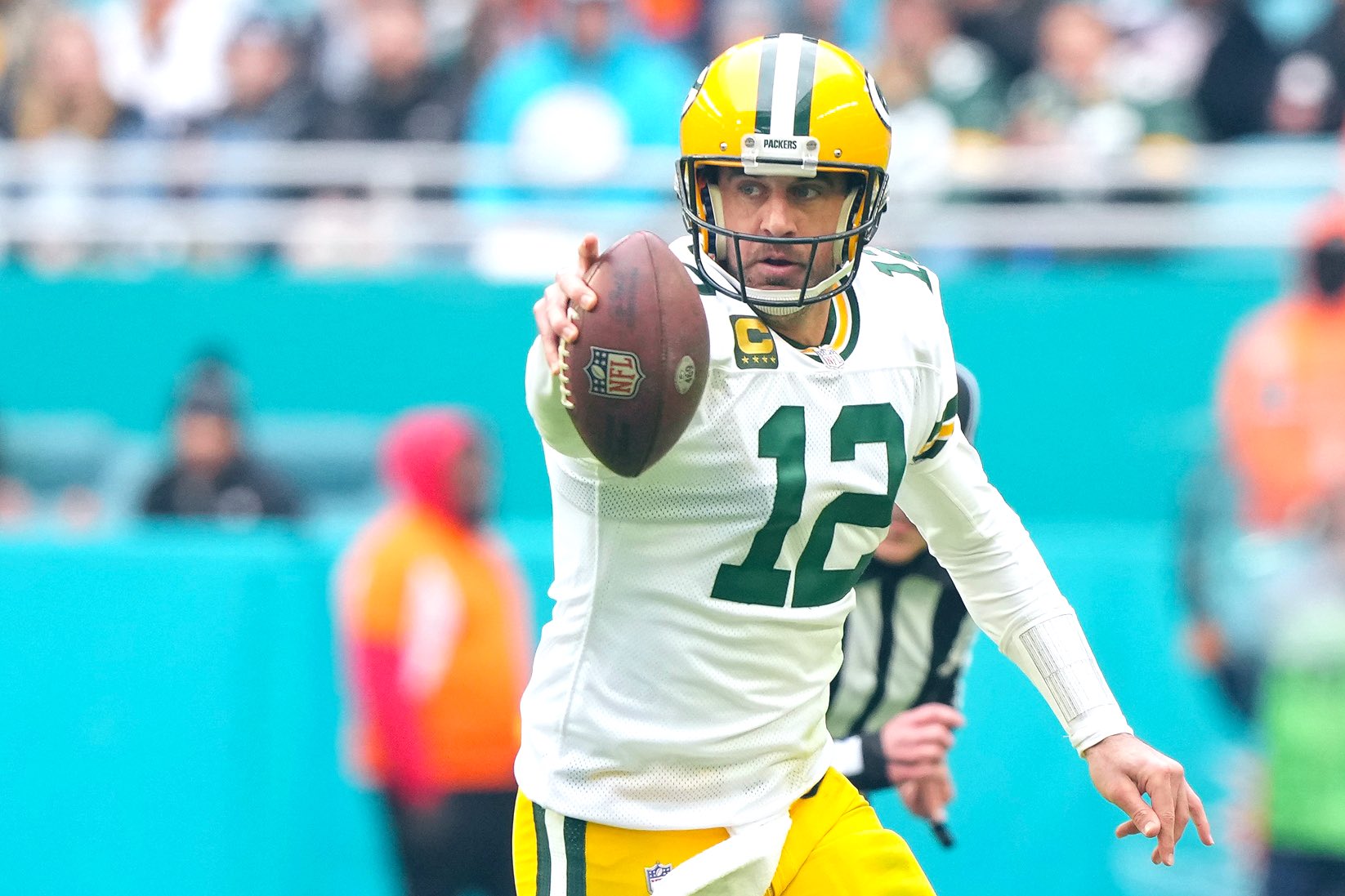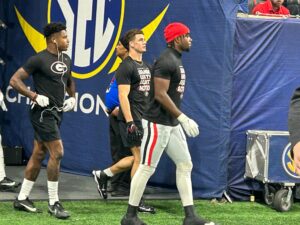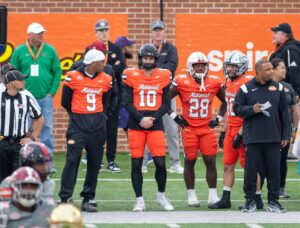Far too often on Twitter and in the media, the narrative of the Green Bay Packers has been that a resurgent Aaron Rodgers is leading a damaged and inexperienced team. The idea is he is carrying a bad roster and saving the team through the force of his will and talent. In reality, Rodgers is riding the tide of his teammates and still taking the lion’s share of the praise. In fact, the Packers are carrying Aaron Rodgers.
Green Bay Packers Are Carrying Aaron Rodgers
Pass Heavy Aaron Rodgers
Sixteen games into the 2022-23 season and Rodgers has had 12 games where the team threw more passes than it had non-quarterback rushes. I eliminated quarterback runs since many start off as passing attempts. This also does not take into account passes that ended in sacks. The Packers are 4-8 in these games. Additionally, within this subgroup of Packers games, there are four games where the Packers had more than twice as many pass attempts as non-QB runs. The Packers are 1-3 in those games with the lone win coming against Miami.
It is not just the wins and losses though. Wins and losses are a team statistic and do not show much of the story. Examining these games shows the issues in Rodgers’ game. Starting off, Aaron Rodgers has baseline season averages of completing 64.7% of his passes for 218.1 yards per game. He is averaging roughly two touchdowns and one interception per game and has a QB rating of 91.5. In the games where Rodgers is featured (more pass attempts than runs), he is averaging 63.2% completion and 220.3 yards per game. His quarterback rating drops down to 85.7 over these games. This all gets far worse in games where the passing is double the rushing. Rodgers falls all the way down to a 73.3 rating in those games.
Increased Pass Attempts Do Not Improve Statistics
Just as concerning is that the increased passing does not lead to a significant increase in yards. When more run focused, his average passing yards per game drops only to 211.5. When the Packers are passing twice as much as running he only jumps to an average of 237.8. Looking solely at a function of total attempts, when Rodgers has over 30 attempts in a game his average is merely 235.4 yards per game. If you are interested in the efficiency of his game it actually gets worse. Rodgers rating when throwing more than 30 times is 85.2, but when throwing 30 or fewer times he jumps to 107.5.
This has been true in many other games this year as well. Against the Washington Commanders, Rodgers threw 15 passes in the first and there were only nine rushes (plus another one called back for holding). Now, this was also because there was a two-minute drill with six pass attempts and no running plays; however, the Packers were leading at half. In the second half, the Packers essentially abandoned the run with only three more rushes and 20 more pass attempts. The Packers ended up losing that game. Green Bay also hung around for a 3-3 tie at half against the New York Jets while throwing 19 passes and having just 10 rushes. The Packers continued to be pass-heavy, ending with 41 pass attempts and just 19 rushes.
Tactics Are Not Dictating Scheme
Obviously, it can be harder to throw when you are losing and trying to catch up. The other team knows you are throwing and they play accordingly. This has not been a factor in Rodgers’ number decline or pass-heavy scheme. The last time the Packers played the Detroit Lions, Rodgers completed 23 of 43 attempts (53.5%) with one touchdown and three interceptions. This was good for a rating of 53.5. At half time Rodgers had 17 pass attempts to 12 non-QB rushes. The very first drive featured eight pass attempts and four rushes. This game was close throughout and the Packers were never so far down that they were playing “catch-up” football. It was the plan. Add in that the Lions have been bottom ten in DVOA for both rush defense and pass defense. This was not a scenario where a great run defense forced the Packers hand.
As with the Lions, the Packers have sometimes gone pass-heavy without a clear reason to attack a defensive weakness. The Packers were pass-heavy against the Philadelphia Eagles while the Eagles are 20th DVOA run defense and first against the pass. Same thing against a New York Giants team that is 23rd in DVOA against the pass but the worst DVOA run defense in the league. Then, the Packers went run-heavy against the Los Angeles Rams even though they are 24th in DVOA against the pass and 13th against the run.
Running the Ball Helps Aaron Rodgers’ Numbers
As pointed out, the increase in passing attempts does very little to boost Rodgers’ total yards per game. Still, his numbers increase when the team is dedicated to the run game in all other regards. We can start with the simple observation that the Packers are third in DVOA rushing offense and 15th in pass. For Rodgers personally, he moves above his season averages in several key categories.
Starting with TD:INT ratio. When pass-heavy, Rodgers has 18 touchdowns and ten picks in twelve games. This transforms into seven touchdowns and one interception in the four games where the team was run-focused. His rating jumps all the way up to 116.0 in these four games.
Packers Should Embrace Run First Mindset
When the Packers are run first, Rodgers plays better. The Packers win more when they run first. They are 4-0 if running more than passing and 2-1 in the other games where they were within two plays of being 50/50. The recent win against the Miami Dolphins (with a concussed Tua Tagovailoa) and the game against the Tampa Bay Buccaneers are the only pass-heavy wins. That would be 2-7 in games where there was a pass-heavy imbalance.






